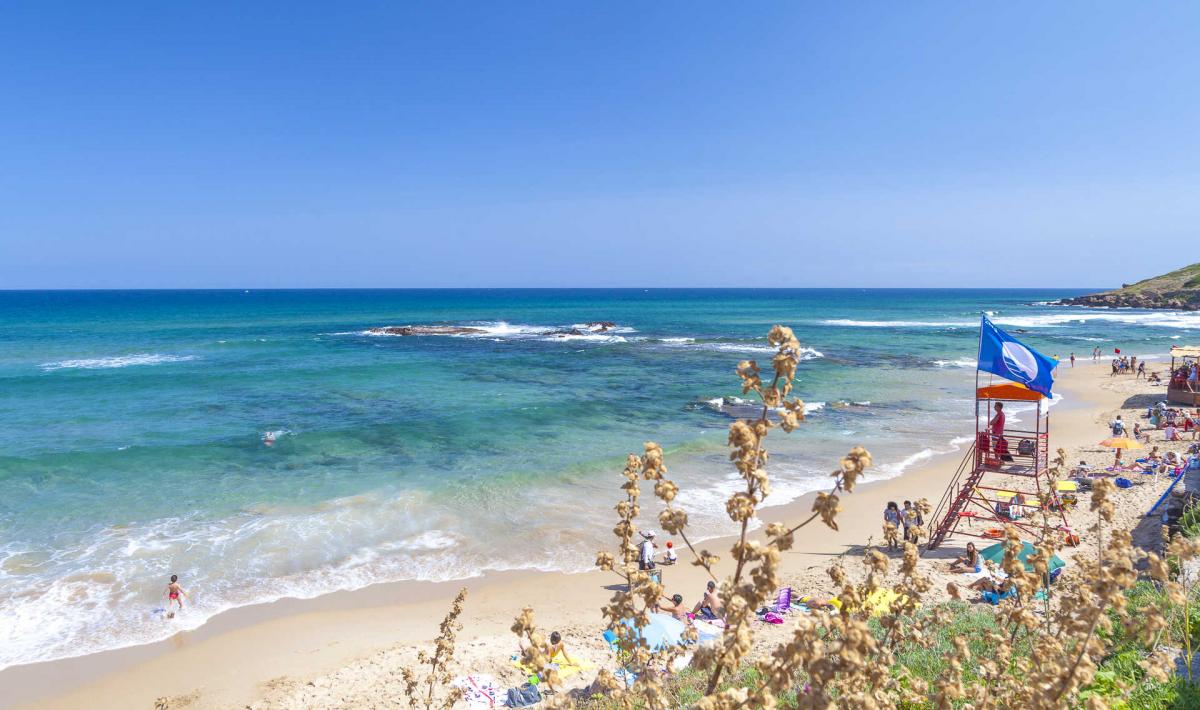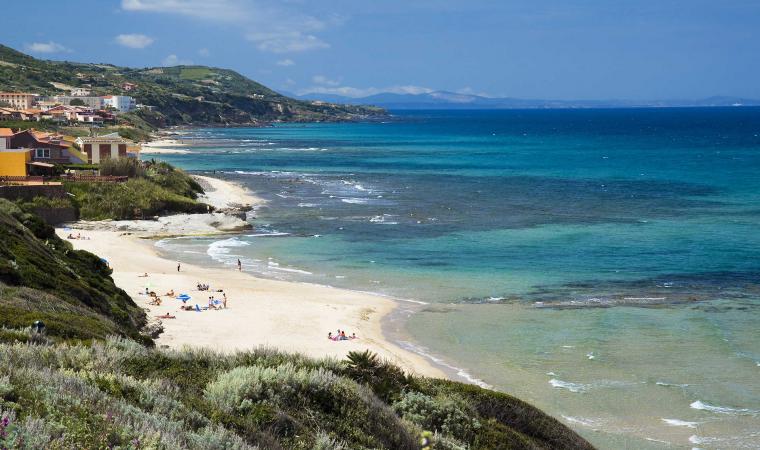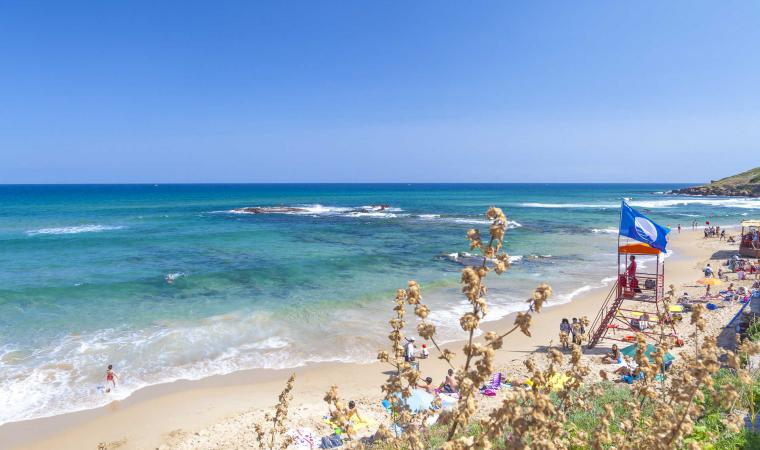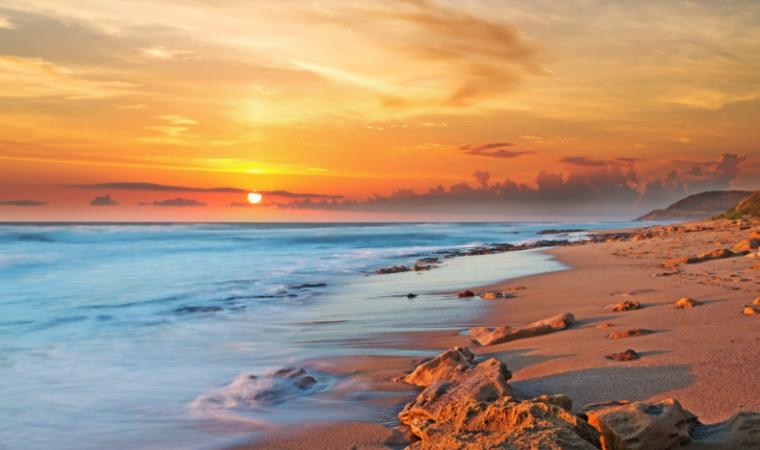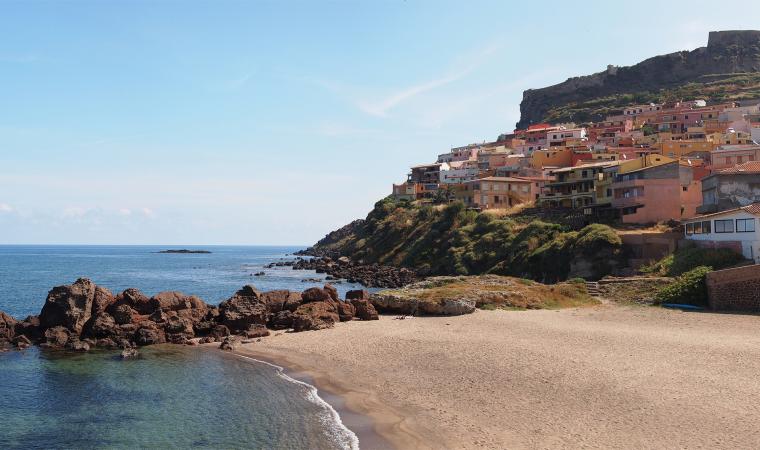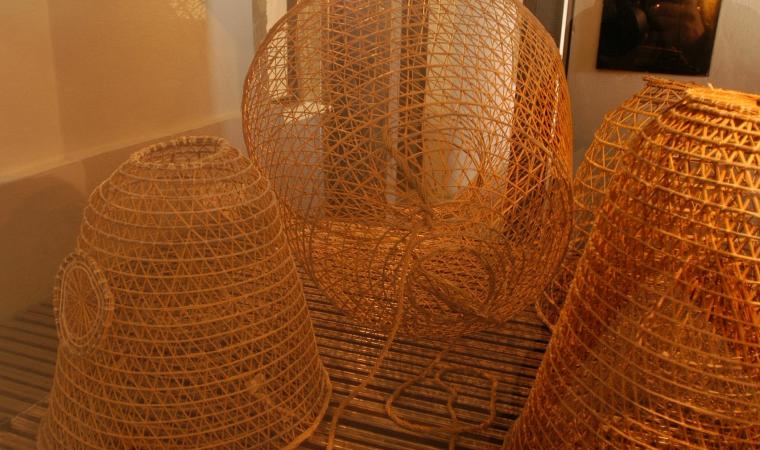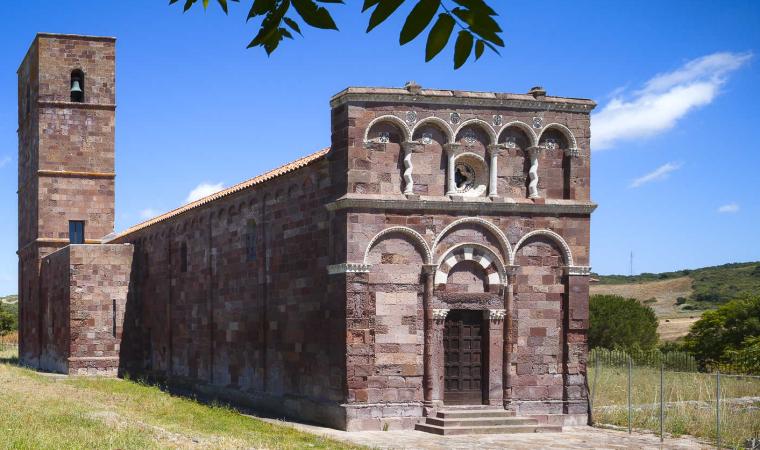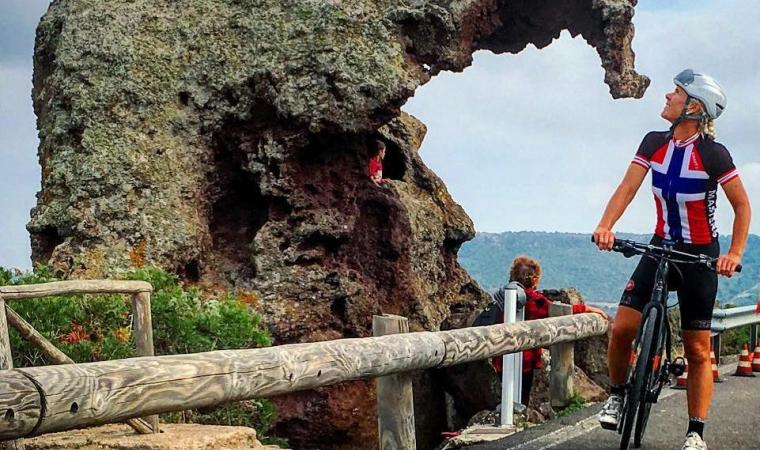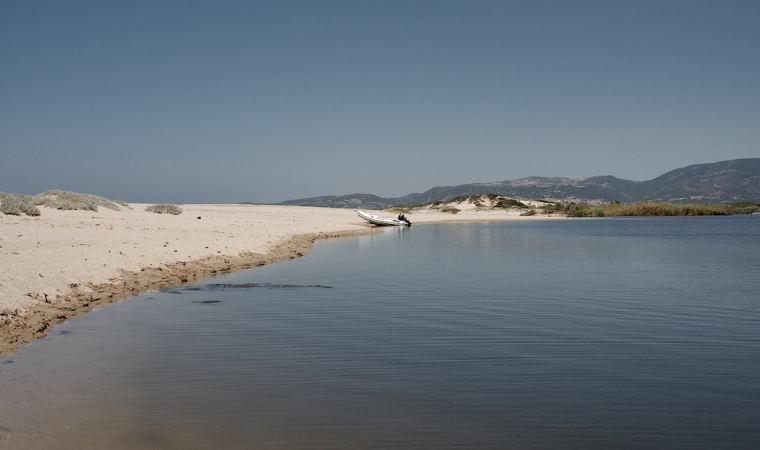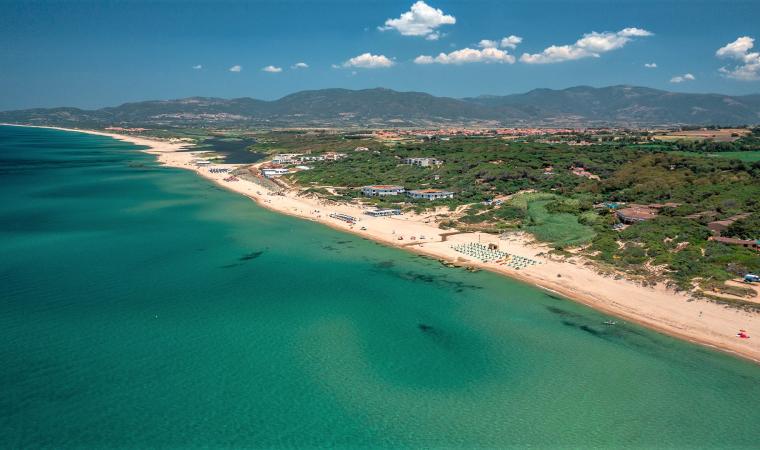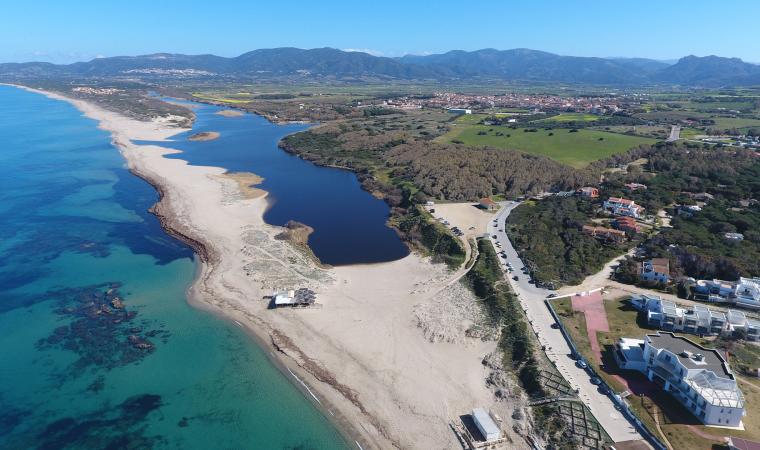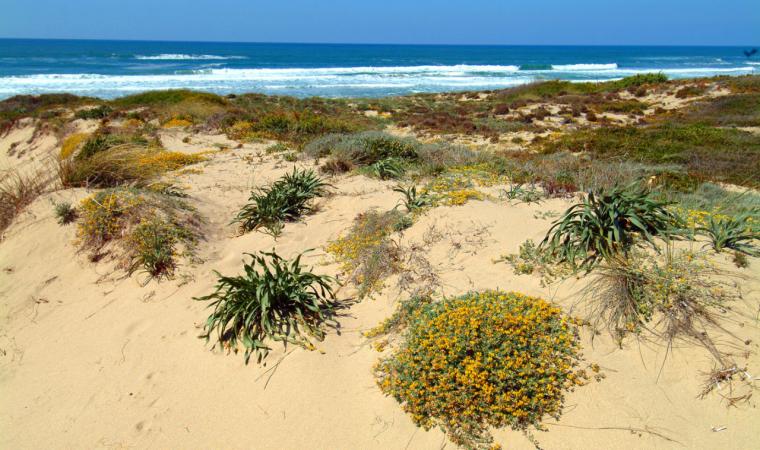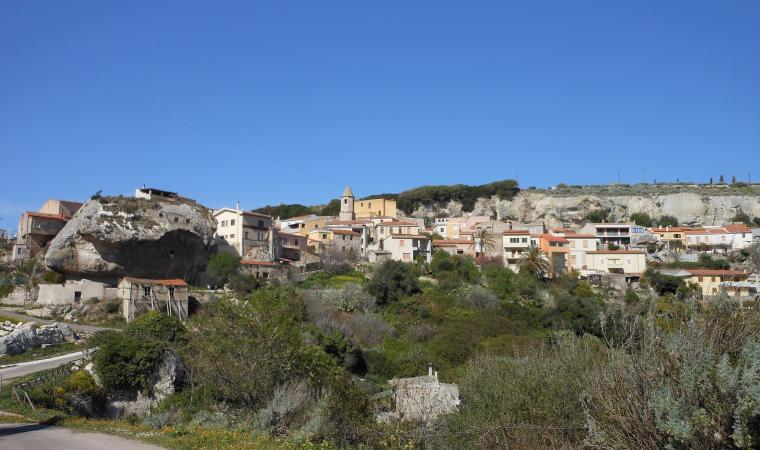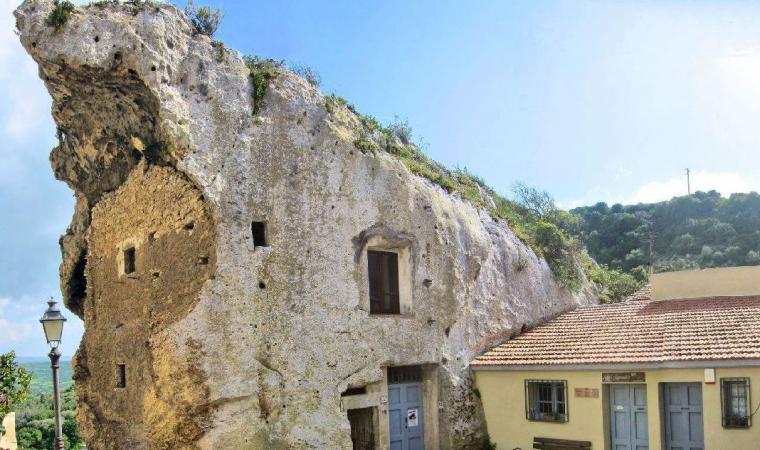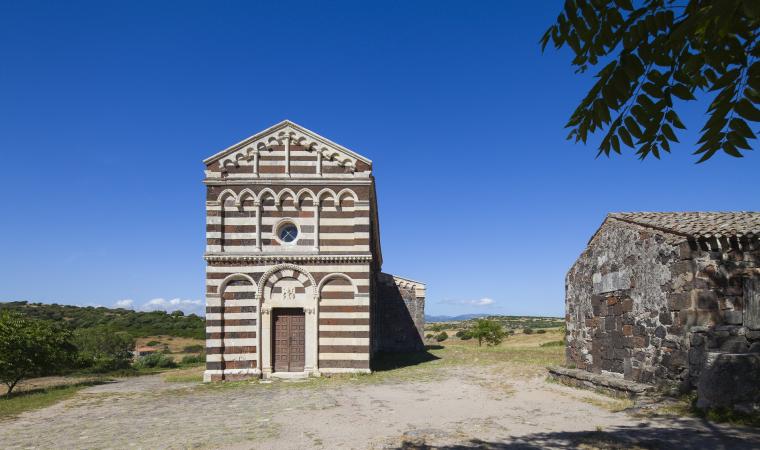This is one of the few parts of the Castellanese shore, mostly consisting of high cliffs of red trachyte, which are formed by a great strip of sand. The Lu Bagnu beach, a neighbourhood of Castelsardo (two and a half kilometres from it), is protected by rocks lined in green: to get to the beach, climb down the steps from the town. The fine sand is the colour of cream, and its clear bottom is dotted with flat rocks that appear here and there, keeping the water warm and pleasant. The beach is suitable for families, thanks to its shallow waters, and is very popular among teenagers. It is perfect for diving aficionados, thanks to its transparent waters brimming with fish, an invitation to hours of adventurous snorkelling. There are several restaurants around, and camping is permitted.
For those interested in windsurfing and sailing, take a look at the cliffs and the La Capra beach, which defines a western boundary with Lu Bagnu, where the sea and the rocks create a natural pool.
After a day at sea at Lu Bagnu, use your evening to visit the ancient town of Castelsardo, which, perched on a promontory, is part of the select list of Italy’s most beautiful towns, a perfect combination of sea, history and identity tradition. Interesting buildings line narrow, steep streets: the town is surmounted by the Doria castle, who founded the town in 1102. Today the castle is the seat of the interesting Museo Mediterraneo dell’Intreccio (Museum of Mediterranean Weaving). Not far sits the cathedral of Sant’Antonio Abate, with its coloured bell tower overlooking the sea.
In the past, Lu Bagnu was the sea of Tergu, six kilometres away, a town famous – just like Castelsardo – for its Holy Week rituals and its Romanesque church of Nostra Signora di Tergu, made of red trachyte and white limestone.

